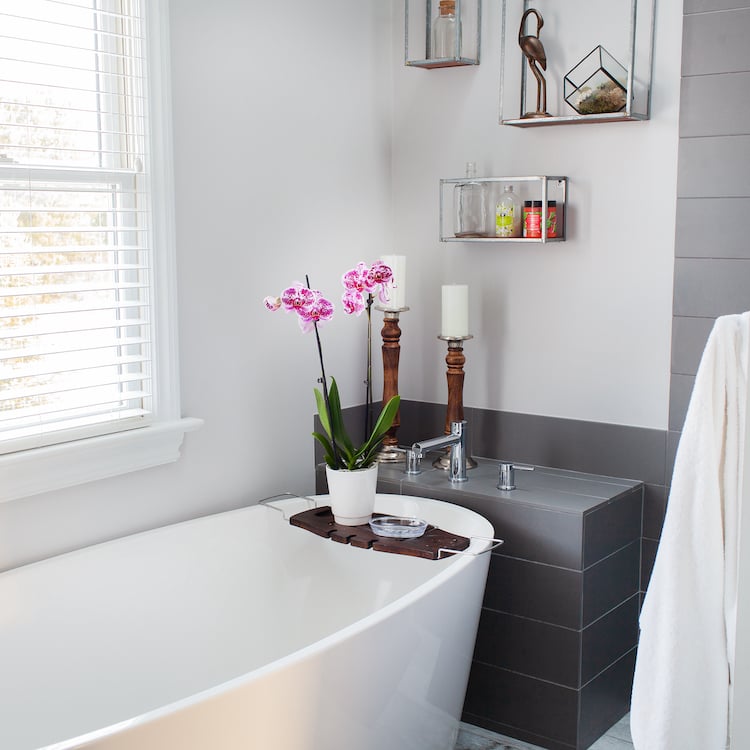
Being beautiful doesn't have to be a hassle and Phalaenopsis orchids are proof of that! Although they may appear delicate, they're a hardy variety, so they're low-maintenance plants.
They do like a little 'moisturizer', so here's how humidity affects your orchid and what you can do to ensure it's just right.
Because they're from the tropics, Phalaenopsis orchids thrive in a humid environment — between 55% and 75%. This is more of a challenge in areas with dry or desert climates.
For orchid lovers who live in more temperate regions, low humidity most often occurs when plunging outdoor temperatures and forced-air heat combine to dry out the indoor air.
If your orchid has wrinkled leaves, it's most likely suffering from low humidity or dehydration. Bud blast, or deformed buds, is another indicator. This is most often caused by sudden temperature or environmental changes.
1. Control your indoor temperature. Phalaenopsis orchids thrive in daytime temperatures between 65 and 80 degrees Fahrenheit. (Like humans, they don't mind cooler temperatures at night, but we don't advise going below 60 degrees Fahrenheit).
2. Increase the humidity in the orchid's environment if you live in a dry environment or an area that requires heating in winter.
You can do this by misting the leaves of your orchid or putting a shallow tray of water underneath your orchid. If you opt for the tray method, you will need to check the water levels of the tray every so often to make sure it’s full.
This approach requires less maintenance than misting the leaves every day, but both ways are effective. Alternatively, you can place a humidifier in the room with your orchid.
In addition to ensuring your orchid has a humid environment, be sure to give it the right amount of water (three ice cubes per week for premium orchids), but avoid overwatering. This is the biggest mistake we encounter with new orchid parents.
While orchids are tropical plants, these beauties don't like bathing in direct sunlight. Place them behind a sheer curtain so they can get the sun they love without getting sunburned.
Because Phalaenopsis orchids are great 'starter' orchids, they make the perfect gift for busy people!

Copyright Just Add Ice® Orchids 2023